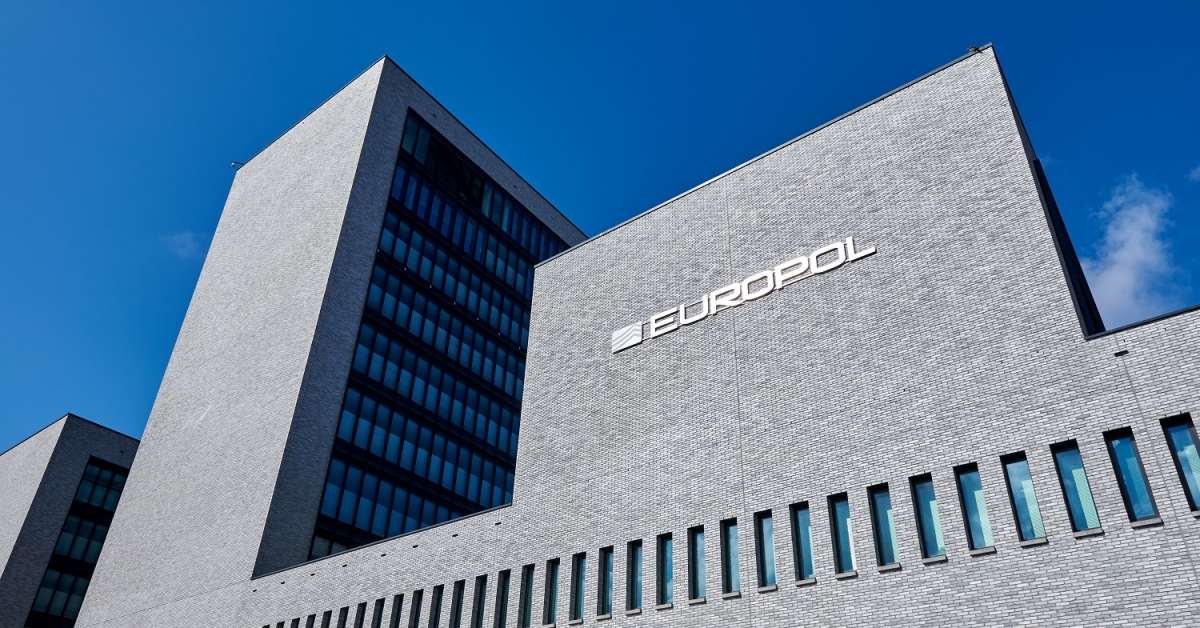A Bitcoin Wallet Is Orbiting the Earth at 5 Miles Per Second
CAPE CANAVERAL, FLORIDA – At exactly 12:29 EST on Thursday, a crypto wallet built by developers at SpaceChain hurtled into the stratosphere aboard a Falcon 9 rocket.
When it arrived at the International Space Station, the 1kg node – only a fraction of SpaceX CRS-19 resupply mission’s 2,600kg payload – became the first active bitcoin node on the ISS.
For SpaceChain, the launch is a step forward in its mission of building out a robust, decentralized blockchain infrastructure high above the Earth. The wallet will be beyond any country’s jurisdiction – and well above the reach of any physical hardware hacks.
SpaceChain sees its nodes as a radical new way to make crypto transactions more secure. This is the three-year-old company’s third launch and its first from American soil. The other two launches blasted off from China.
The wallet will play a small but important part in that long-term goal, said to Zee Zheng, SpaceChain’s CEO and co-founder. Once the astronauts aboard the ISS install it, the node will operate for about a year securing multi-signature transactions through the ISS data feed.
We met with Zheng over margaritas at a Mexican joint overlooking the famed Floridian Space Coast. More than half of his team had congregated in Florida to watch the launch. He was ecstatic.
This launch had been the 23-person company’s full-time focus for much of 2019 and it was a milestone they’ve been shooting for since they first proposed it 18 months ago.
“We put all the company’s resources into it,” said Zheng. SpaceChain declined to state how much payload space and research and development cost. They contracted through Nanoracks, whose CEO Jeffrey Manber is also a SpaceChain advisor.
It is fundamentally different from the other two nodes SpaceChain has put into orbit.
“For us, it’s kind of tricky,” said Zheng. “There’s no existing space-tested hardware available, so even to install our own software we needed to make major changes.”
Building a space wallet was one thing; making it compliant for use on the ISS was something completely different. SpaceChain’s open-source protocol had to be vetted by NASA and retrofitted for the station’s unique plug architecture, Zheng said

Zheng said that having Jeff Garzik as SpaceChain’s Chief Technical Officer helped in that regard. Garzik was one of the early bitcoin core developers and he led SpaceChain’s effort to build out the software soon to be integrated with the ISS. He’s also been thinking about blockchain in space even before SpaceChain founded, said Zheng.
“About five years ago in the bitcointalk forum, Jeff wrote an article about bitcoin in space,” said Zheng. “It’s been his dream for a while.”
This launch is a far cry from their first space project: a Raspberry Pi equipped with a Qtum node that the company launched from China’s Gobi desert in February 2018.
Their second launch, also from China, was slightly more developed. That hardware could run blockchain dapps on the SpaceChain OS and it communicated directly with the ground.
This new wallet will operate independently of SpaceChain’s past launches. It will not communicate with the previous nodes and all comms will route through the ISS feed to ground. This means the device will have a slower connection and it will take hours, not minutes for any single transaction to complete.
“We actually want to make slower,” said Zheng, who described this crawling pace as a feature, not a bug.
“We see so many crypto exchanges get hacked. And within two minutes the funds – millions of dollars – get transferred. By utilizing this channel we can not only secure transactions,” but have a chance to intercept suspicious activity, he said.
This could appeal to high-dollar clients – custodial services, exchanges, and enterprise customers, said Zheng, who are more than willing to trade a few extra hours for added peace of mind.
The node will live alongside a number of other experiments sent up to the ISS including Anheuser Busch’s study of how sugars malt in space and an experiment to test of the effects microgravity has on genetically modified super-mice.
Only a few months ago it received a 60,000 euro grant from the European Space Agency. Zheng said the exposure that comes with NASA and SpaceX will help it grow to the larger mission.
But he insists SpaceChain is rocket agnostic. It’s willing to contract with any agency, anywhere, whenever the time is right. NASA and SpaceX happened to be the ideal partners for the Dec. 5 launch, just as Chinese partners were for their first two. Future launches won’t necessarily be.
“Actually, next March we’re going to use an Indian rocket,” said Zheng, referring to one of the two SpaceChain launches he says is coming in the next 18 months.
In 10 years, perhaps, SpaceChain will deploy a network of dedicated satellites that “speak to each other” and run far more blockchain infrastructure than any single ISS wallet ever could, said Zheng. Until then, Zheng said he and SpaceChain will continue to rally toward its orbital goal.
“We’re welcoming anyone to join the revolution,” he said.
Disclosure Read More
The leader in blockchain news, CoinDesk is a media outlet that strives for the highest journalistic standards and abides by a strict set of editorial policies. CoinDesk is an independent operating subsidiary of Digital Currency Group, which invests in cryptocurrencies and blockchain startups.









